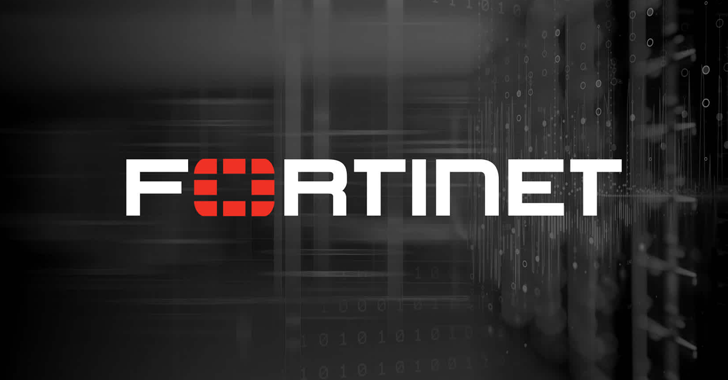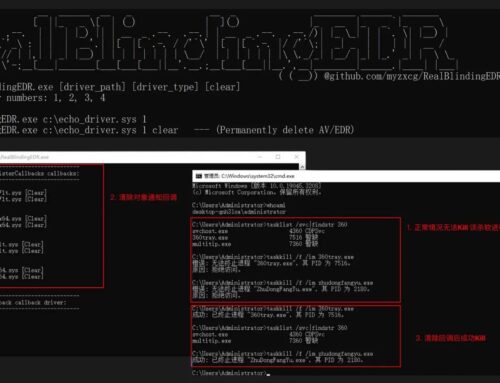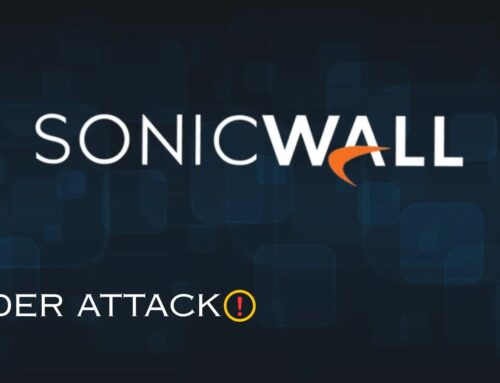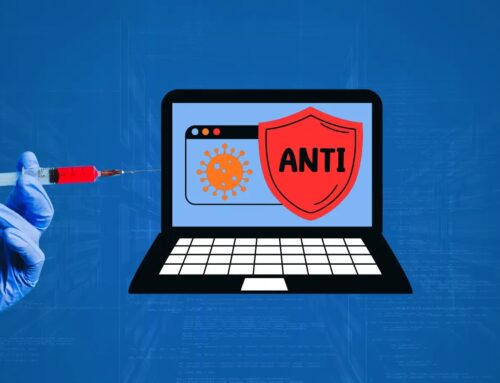
Fortinet Warns About FortiSIEM Vulnerability (CVE-2025-25256) With In-the-Wild Exploit Code
The digital landscape is under perpetual siege, and the latest alarm comes from Fortinet, a leading cybersecurity vendor. Fortinet has issued an urgent warning to its customers regarding a critical vulnerability within its FortiSIEM product, a security information and event management solution widely deployed across enterprises. What makes this advisory particularly pressing is the confirmation of in-the-wild exploitation, underscoring the immediate threat posed by this flaw.
FortiSIEM Under Fire: Understanding CVE-2025-25256
The vulnerability, officially tracked as CVE-2025-25256, has been assigned a staggering CVSS score of 9.8 out of a maximum 10.0. This near-perfect score immediately signals the extreme severity of the issue, indicating that its exploitation could lead to devastating consequences for affected organizations.
At its core, CVE-2025-25256 is categorized as an ‘Improper Neutralization of Special Elements used in an OS Command (‘OS Command Injection’)’ vulnerability, or CWE-78. This type of flaw allows an attacker to execute arbitrary operating system commands on the vulnerable system by manipulating input that is inadequately sanitized or validated. For FortiSIEM, this means an unauthenticated attacker could potentially achieve remote code execution, granting them significant control over the compromised FortiSIEM instance.
The Gravity of OS Command Injection (CWE-78)
OS Command Injection vulnerabilities are particularly dangerous because they bypass traditional application-level security controls and directly interact with the underlying operating system. When an application fails to properly sanitize user-supplied input before passing it to a system command, an attacker can embed malicious commands within that input. These commands are then executed by the operating system with the privileges of the vulnerable application.
In the context of FortiSIEM, which often holds a pivotal position within an organization’s security infrastructure, the implications are severe:
- Data Exfiltration: Attackers could access and exfiltrate sensitive data managed or monitored by FortiSIEM.
- Lateral Movement: A compromised FortiSIEM instance could serve as a launchpad for further attacks within the network.
- System Disruption: Malicious commands could lead to system shutdown, data corruption, or the installation of malware.
- Loss of Security Visibility: An attacker could manipulate logging or alerting functionalities, effectively blinding security teams to ongoing intrusions.
“In-the-Wild” Exploitation: A Critical Urgency
Fortinet’s confirmation of “in-the-wild” exploitation is the most critical aspect of this alert. This means that threat actors are actively leveraging this vulnerability to compromise systems. The window for remediation is closing rapidly, if not already closed for many. Organizations running vulnerable FortiSIEM versions must assume they are already targeted or potentially compromised and act with extreme urgency.
Remediation Actions and Mitigation Strategies
Given the severity and active exploitation of CVE-2025-25256, immediate action is paramount. Fortinet’s official advisory will provide the definitive patch information, but general best practices for such critical vulnerabilities include:
- Immediate Patching: Prioritize the deployment of all official security patches released by Fortinet for FortiSIEM. Check Fortinet’s official support portal for specific version affected and corresponding patches.
- System Isolation: If immediate patching is not possible, consider isolating the FortiSIEM instance from external network access as much as feasible, reviewing all firewall rules and network segmentation.
- Threat Hunting: Proactively hunt for signs of compromise on your FortiSIEM instances. Look for unusual process executions, unexplained network connections, or modifications to configuration files.
- Log Review: Scrutinize FortiSIEM’s own logs, and logs from surrounding network devices (firewalls, IDS/IPS), for any Indicators of Compromise (IOCs) that Fortinet may release in conjunction with the vulnerability.
- Backup and Recovery: Ensure recent, verified backups of your FortiSIEM configuration and data are available, and establish a clear recovery plan.
- Vendor Advisories: Continuously monitor Fortinet’s official security advisories and support channels for updates, further IOCs, and additional guidance.
Tools for Detection and Mitigation
While the primary defense is patching, several tools and techniques aid in detection, assessment, and mitigation related to such vulnerabilities:
| Tool Name | Purpose | Link |
|---|---|---|
| Nessus | Vulnerability Scanning & Assessment | https://www.tenable.com/products/nessus |
| OpenVAS | Open-source Vulnerability Scanner | http://www.openvas.org/ |
| Wireshark | Network Protocol Analyzer (for traffic analysis) | https://www.wireshark.org/ |
| Snort / Suricata | Intrusion Detection/Prevention Systems (for rule deployment) | https://www.snort.org/ / https://suricata-ids.org/ |
| FortiAnalyzer / FortiManager | Fortinet’s own centralized logging/management (for monitoring) | https://www.fortinet.com/products/management/fortianalyzer |
Conclusion
The Fortinet FortiSIEM vulnerability (CVE-2025-25256) presents a significant and immediate threat to organizations leveraging this security solution. Its critical CVSS score, coupled with confirmed in-the-wild exploitation, mandates an urgent and decisive response. Organizations must prioritize patching, implement rigorous threat hunting, and review their security posture to mitigate the risks associated with this critical OS Command Injection flaw. Remaining vigilant and adhering to vendor advisories is paramount in safeguarding critical infrastructure against evolving cyber threats.





